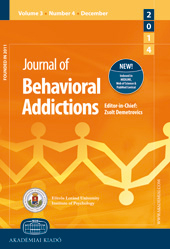
Perspektywa neuronaukowa w praktyce muzykoterapeutycznej skierowanej do osób starszych
Listening to and creating music is a unique experience in people’s life. Research using neuroimaging shows that making music – as a very complex and strong stimulus – can influence plasticity and adaptive reactions of the brain. The scientific discoveries regarding the relationship between music and humans’ neurofunctioning became the foundation for Neurologic Music Therapy. It uses standardized techniques to support rehabilitation of people who experience disease or injury to the nervous system. Some neurodegenerative conditions, such as Alezheimer’s and Parkinon’s diseases linked to the aging processes might be treated with music with good results and benefit patients. This article presents Neurologic Music Therapy and its potential in practice with different populations.
More...








